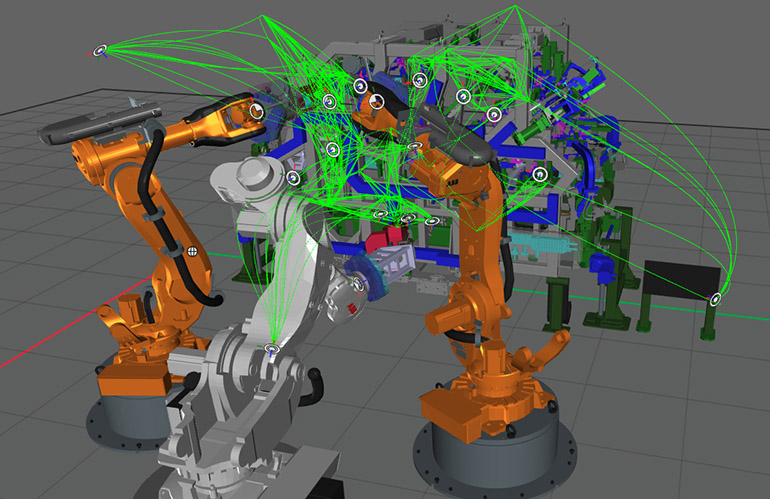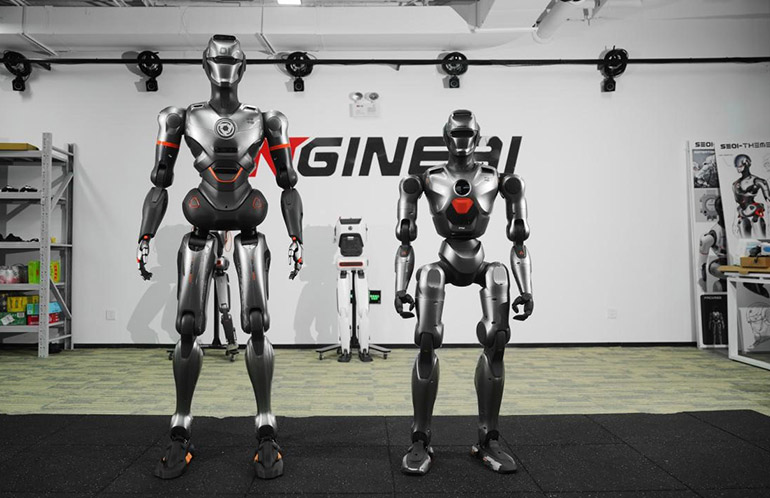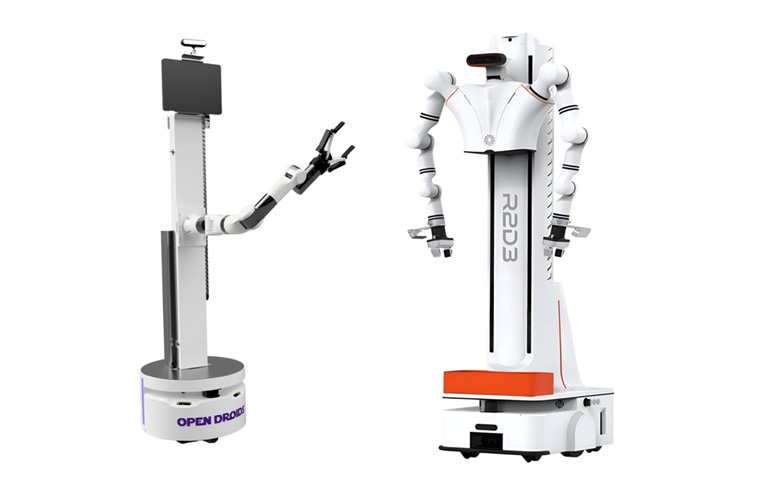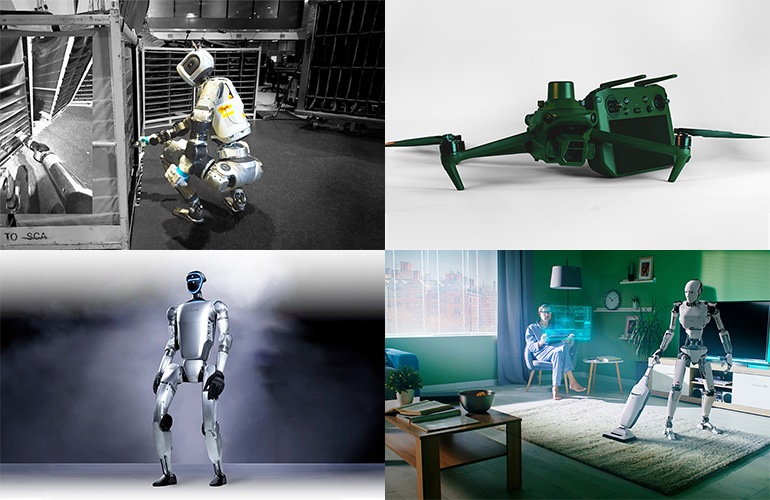
The Optimization system generates motion plans and avoids collisions in multi-robot workcells. Source: Realtime Robotics
While conventional manufacturing involves robots working along a well-defined production line, software can enable multiple robots to work together more closely without collision for more complex and flexible processes. Realtime Robotics this week said it has won the Innovation and Entrepreneurship in Robotics & Automation, or IERA, Award for its Optimization system.
“It is a tremendous honor to be recognized by the leading organizations in the robotics industry,” stated Will Floyd-Jones, co-founder of Realtime Robotics. “The award is validation at the highest level for our Optimization solution and the tireless efforts of our team to bring this vision to the market.”
Boston-based Realtime Robotics said its technology generates optimized motion plans and interlocks to achieve the shortest possible cycle times in single and multi-robot workcells. The company said its systems enable multiple robots to work closely together in unstructured and collaborative workspaces, reacting to dynamic obstacles as soon as changes are perceived.
Mitsubishi Electric Corp., a partner of Realtime, recently invested in its Series B round.
Realtime Optimization cuts cycle times
Programming a workcell and choreographing robots is typically a time-consuming job for engineers. In addition, when robots’ tasks change, the planning process must begin again.
Realtime Robotics said its Optimization service has been proved to significantly help engineers and manufacturers reduce costs and increase productivity by identifying and eliminating production bottlenecks.
With only a simulation file or digital twin of a customer’s workcell, Realtime said its system rapidly generates and evaluates hundreds of thousands of possible solutions to identify the one with the shortest cycle time.
Customers including Volkswagen Commercial Vehicles and Valiant TMS have dramatically cut down robot programming time and realized improved cycle times, noted Realtime Robotics.
IERA recognizes innovation and commercialization
The IEEE Robotics and Automation Society Industrial Activities Board and the International Federation of Robotics (IFR) present the annual IERA Award, which was established in 2005. The award honors the achievements of innovators with value-creating ideas and entrepreneurs who turn those ideas into world-class products.
Realtime Robotics’ Optimization offering was one of four finalists for the award. The other finalists were Fourier Intelligence, Youibot Robotics, and Neura Robotics.
Floyd-Jones and Koji Kobayashi, vice president of business development Japan at Realtime, then gave a presentation about its creation and commercialization at the recent IEEE/IFR Joint Forum on Innovation and Entrepreneurship in Robotics and Automation in Yokohama, Japan.
“The finalists stand out due to their high quality and show that the robotics industry has entered a new period,” said Andra Keay, chair of the IERA Awards, vice president of the RAS Industrial Activities Board, and managing director of Silicon Valley Robotics.
“For the first time, all finalist companies are young and were formed within the last 10 years,” she said. “These newcomers have raised more than $500 million of investment and employ more than 1,300 people. We look forward to seeing more young robotics companies with big commercial goals in the future.”
The judges selected Realtime Robotics’ Optimization as winner of the $2,000 prize and plaque.

From left: Koji Kobayashi and Will Floyd-Jones from Realtime and IERA Awards Chair Andra Keay. Source: Realtime Robotics

 6 months ago
52
6 months ago
52









 English (US) ·
English (US) ·